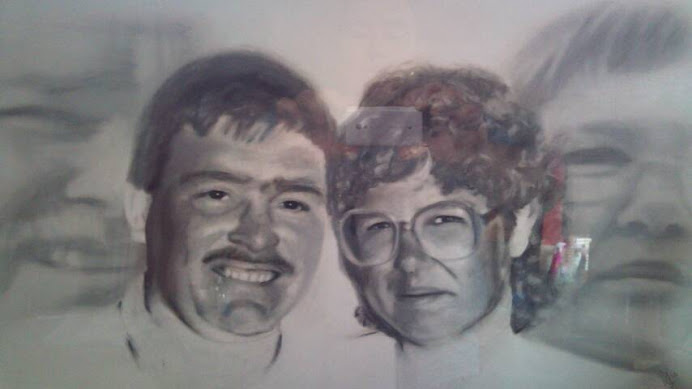The sixth verse is made up of one line from the first, third, and fifth verses and finished with a finale.
The lines from the first, third, and fifth verse are the first relevant line i.e. the first ‘two word’ or the first ‘three word’ line as appropriate from each of the selected verses running in sequence.
I thought of the concept for the poem ‘The Wind’ on a fine evening walking along the prom with no wind present. The poem took approximately ten to fifteen minutes to write, and had two word changes after the first draft, and an ‘s’ added to two other words. The hardest part of the poem was constructing the fourth verse. I knew that something was needed in that part in order to move the then fourth verse to become the fifth and thereby fit the end verse grabbing of elements from the first, third and fifth verses.
I’m not sure if the beer helped, but I wrote four poems that evening, of which this the second of the four. One of my daughters refers to it as ‘haunting’ and asked me if “...they are really coming to you on the spot?” Well, the honest answer to that is ‘yes’. The second of my efforts on the 11 May 2011 is the most superior (if that’s the correct terminology to use) of the four. Although I do like my first attempt that evening as well. Maybe I shall Blog that one on another occasion along with ‘The Girl with the Blue Dragon Eyes’ that was written back in April. Another of my poems appears in the Blog near to Valentine’s Day 2011.
When reciting ‘The Wind’ my intention would be to speak smoothly and slowly. If standing, then with an upright poise but with the head slightly bent forward and downwards as if to imitate the struggle. I would say the first line of verse one, and then pause for effect, before continuing with the poem. There would be a ‘knowing nod’ during the third and fourth lines of verse one. For verse two I would look at the audience for the first two lines to engage them into agreeing with what is being said, before looking downwards for the third and fourth lines of the second verse. I would look up again at the audience from the third line of the third verse. ‘Death’ is the order of the day, and the audience need to be fully engaged for this point. The intention and the need for ‘rest’ in the fourth verse would mean looking upwards while reciting the whole of the fourth verse. The fourth verse is also about securing help to maintain the effort, the upward look being somehow a cry for help and intervention.
The struggle of the fifth verse would be relayed by the forward downward positioning of the head. I would maintain the same positioning for the last verse, other than the second line where I would look at and engage with the audience. I would read the first line of the last verse exactly, like reading the first line of the first verse as explained earlier. But then again what do I know? I have probably overplayed the card, and your anticipation of the poem could hurry on a period of deflation when you have read it, and then wonder what all the fuss was about. Oh, just in case this or any other poem that I have written are any good, then please note that;
“The right of Roger Bennett to be identified as the author of this work has been asserted by him in accordance with the Copyright, Designs and Patents Act 1988...”
The Wind
It bit,
Its grip tightening,
The howl,
Was extremely frightening
Not cool,
But very cold,
My skin,
Felt extremely old
Its harshness,
Took my breath,
This wind,
Could cause death
To sleep,
Would be wonderful,
To dream,
Could be colourful
I moved,
Two steps forwards,
One back,
But still onwards
It bit,
Took my breath,
I moved,
And avoided death
Roger Bennett
May 2011





